Interview with Ángela García de Paredes and Ignacio García Pedrosa
We spoke with Paredes Pedrosa, winner of the 2023 National Architecture Award, two architects who champion the value of craftsmanship and the ability of space to create exceptional moments.
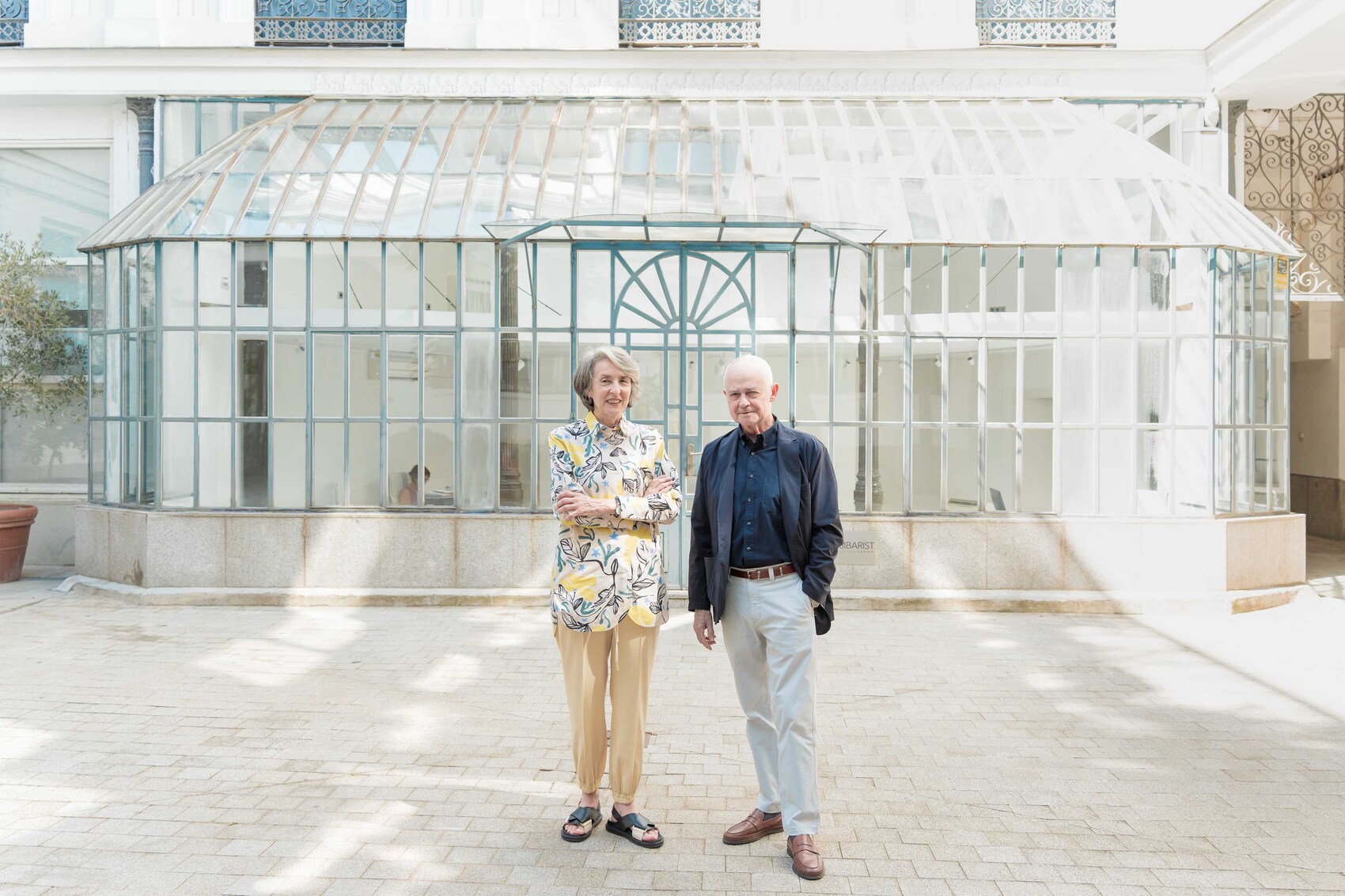
Architects Ángela García de Paredes (Madrid, 1958) and Ignacio García Pedrosa (Madrid, 1957), founders of the Paredes Pedrosa Arquitectos studio, have been awarded the 2023 National Architecture Prize. This award crowns a career marked by a commitment to public architecture, sensitivity to urban space, and a vision that combines modernity and tradition.
Their vision is directed both toward contemporary architects and those of the past, especially the Renaissance, from whom they draw references and guidelines for their projects. As they themselves say, “space is something so silent that it is simply air.”
Both worked in the studio of José María García de Paredes, Ángela’s father, who had a profound influence on their training: “He taught us how to be architects and conveyed to us the value of drawing on the names of architects from other eras and also on the various arts that we rely on in each project,” they say.
Among their notable heritage projects are the restoration of the historic Bank of Spain building, recognized at the 2018 Spanish Architecture and Urbanism Biennial; the rehabilitation of the La Olmeda Roman Villa, awarded the 2016 Eduardo Torroja Prize for Architecture and Engineering; the State Public Library in Ceuta, which incorporates a Merinid archaeological site and was a finalist for the 2016 Aga Khan Award for Architecture; and the Espacio Torner, located in the Church of San Pablo in Cuenca, which received a Special Mention from Europa Nostra in 2008.
In this conversation, they reflect on the value of legacy, the responsibility of the architect, the use of space as a social tool, and their most recent projects. They also share their vision on sustainability, architectural education, and the challenges facing the discipline in the 21st century.
How did you feel when you received the National Architecture Award?
Receiving the National Architecture Award has been a great joy and a source of deep satisfaction, both personally and professionally. Beyond individual recognition, we see it as an endorsement of a way of doing architecture, a way of practicing the profession that we have maintained for four decades. It is comforting to think that the Ministry and the jury have valued this consistency: public architecture, obtained through competitions and intended for cultural, social, and collective buildings that are used intensively by the public. It is a form of commitment to the public that has guided our career.
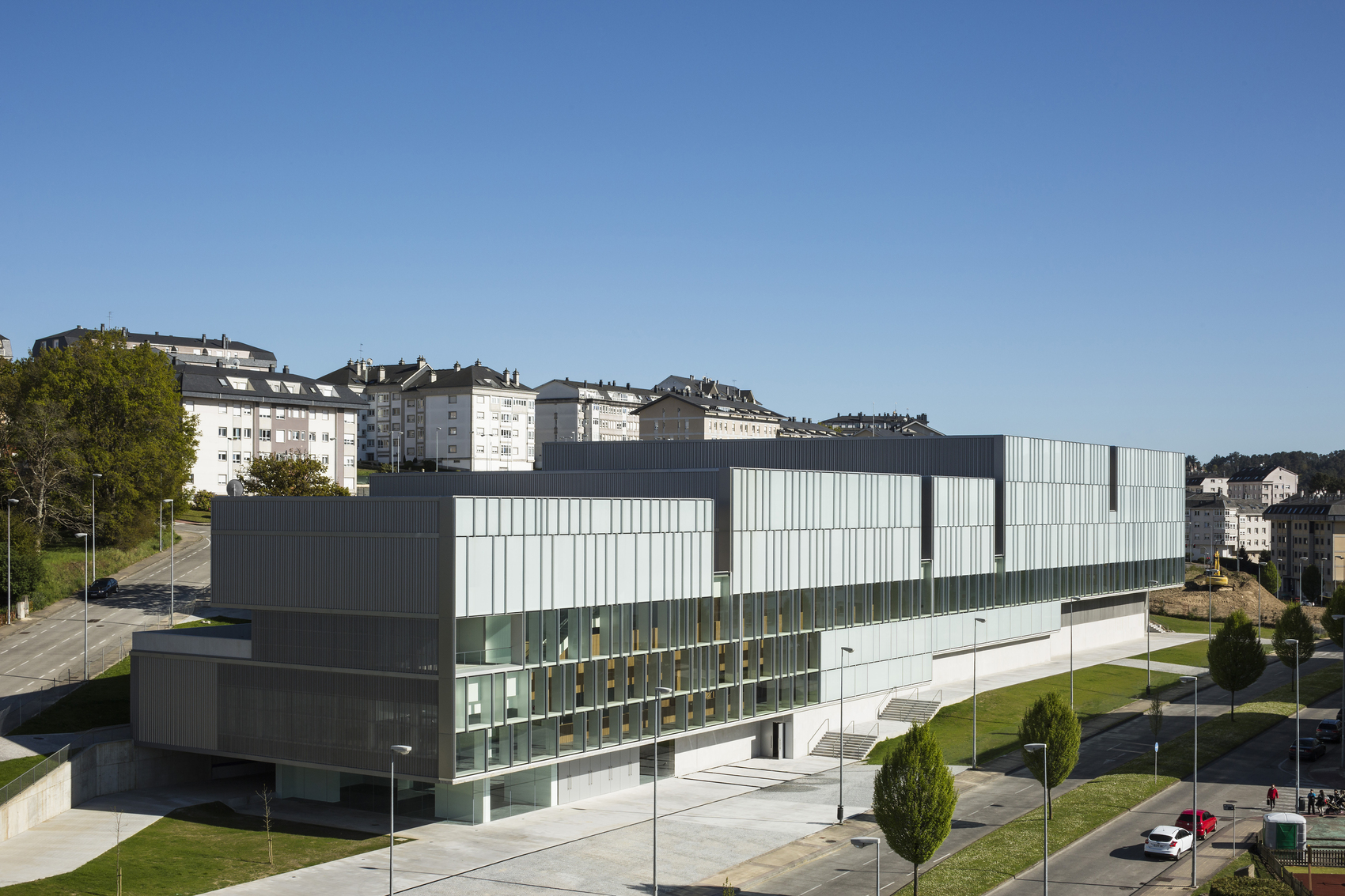
Looking back, what have been the most significant moments or projects?
It’s difficult to choose between so many, but we could highlight the Valle-Inclán Theater in Madrid as a key point. It was the result of a public competition, it was built, and today it is still in use and fully functional, which is very significant. It is a contemporary, versatile, unconventional theater that responds to the real needs of the moment in which it was designed. Also noteworthy are the Ceuta Library and the Córdoba Library, examples of how the concept of a library has evolved: they are no longer static places for books, but living, public, and multifunctional spaces. These are projects that reflect how we understand architecture: not only in its form, but also in its content and use.
Ignacio García Pedrosa has pointed out that “architecture is inevitable and, once built, it becomes part of the reality we inhabit.” How do you deal with that great responsibility when designing buildings such as libraries, town halls, or schools?
Architecture has an inevitable impact on the environment. When we design, we are aware of that responsibility, especially in public buildings. These are constructions that become part of the city and people’s lives. We understand that architecture is not only buildings, but also the spaces they leave around them: squares, gardens, urban voids. Whenever we can, we seek to ensure that buildings give something back to the city, that they generate spaces for meeting, shade, and urban quality.
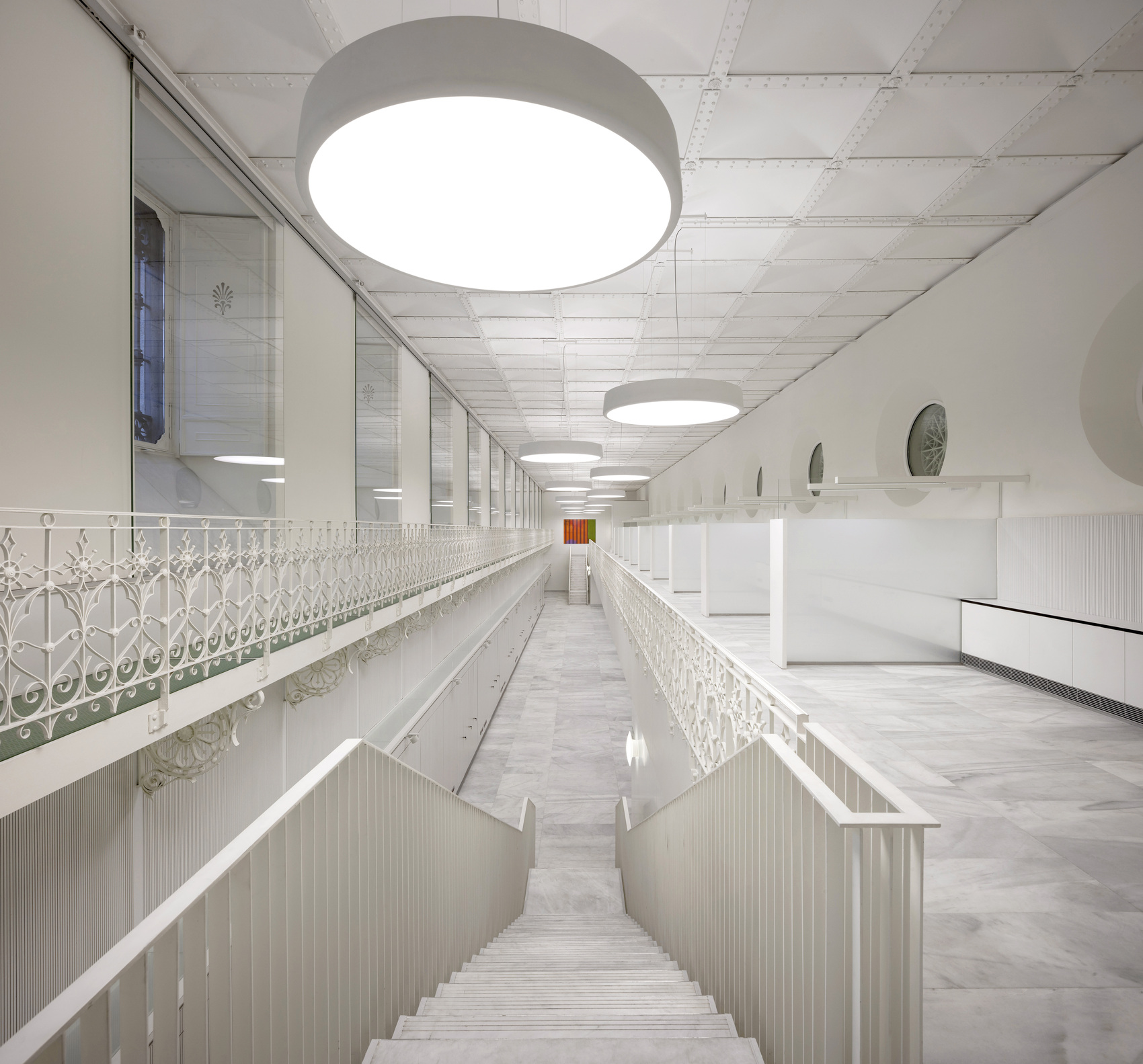
Ángela García de Paredes has defined architecture as “the quietest of the fine arts,” capable of solving thousands of problems without revealing the effort involved. How do you achieve that balance between functionality and discreet beauty?
That balance is achieved by paying close attention to space. Architecture is, above all, a social art: it is made for others, with resources that are not your own. That is why functionality is essential. But at the same time, we seek to give the space a quiet beauty, derived from proportion, light, and the relationship between heights. Beauty is not added; it arises from the spatial approach itself, from the sensible use of materials, natural light, and respect for the environment. It is an intangible sense of well-being that is perceived when the space is well designed.
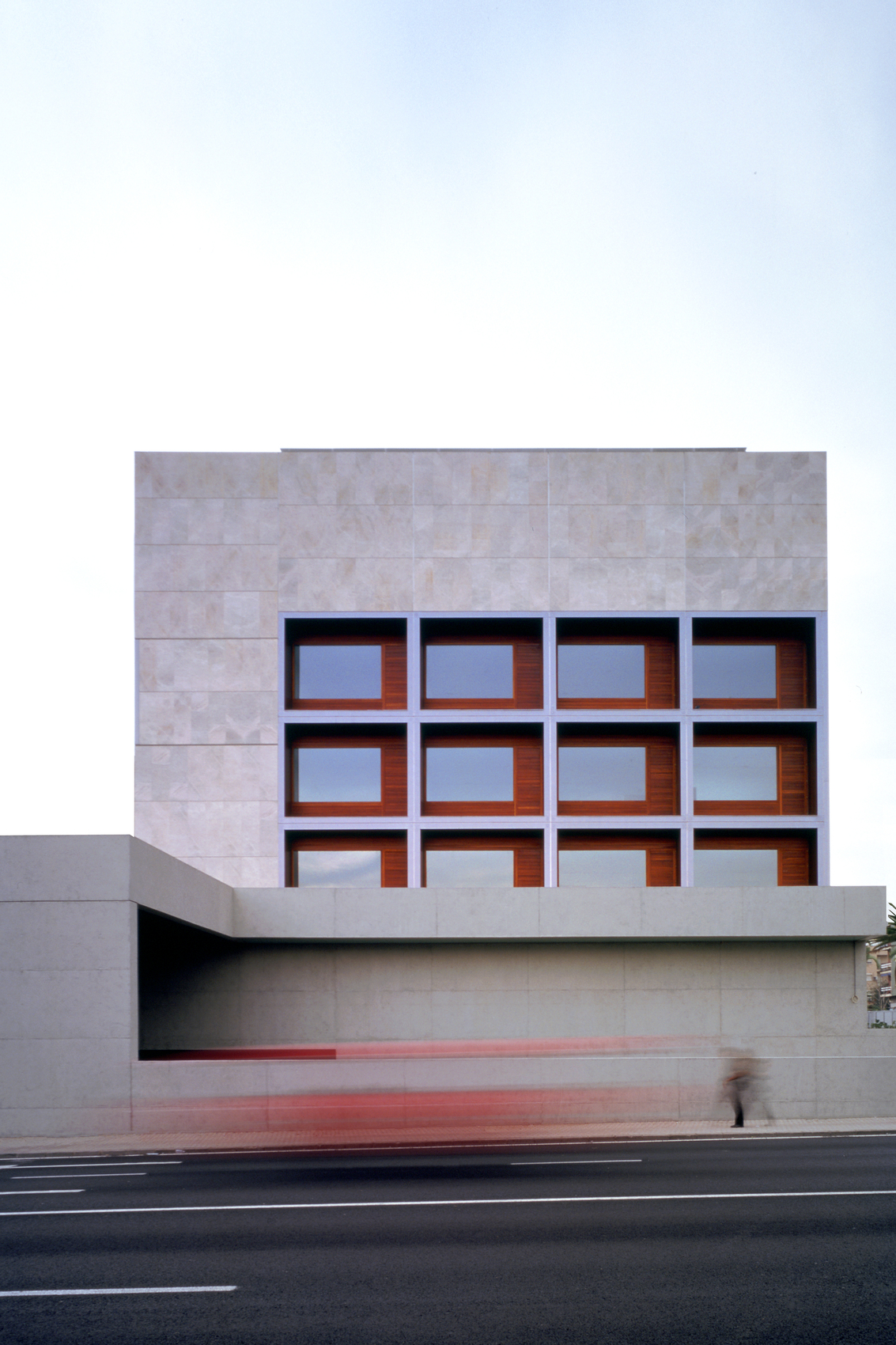
Many of your projects have a marked public character. How do you approach this social dimension when designing spaces that form part of the urban landscape?
Public architecture entails a social commitment. We seek to ensure that buildings contribute more to the city than just their own use. For example, at the Archaeological Museum of Almería, we freed up space by building upwards to create a public square. At the Valle-Inclán Theater in Lavapiés, we created a 400-square-meter plaza in one of the densest areas of Madrid. Whenever possible, we use the project as a lever to improve the city, to give space back to the citizens.
You have said that you belong to a fortunate generation, not only because you have built your projects, but also because you have seen them in use. How important is this experience for you and how does it influence your work?
Seeing buildings in use is essential. One of the biggest failures a project can have is not being used. Investing public resources in buildings that are then empty or underused is regrettable. That’s why we feel fortunate: many of our buildings—theaters, libraries, social housing—are alive, functioning, and inhabited by society. This confirms that they have fulfilled their function and encourages us to continue working responsibly.
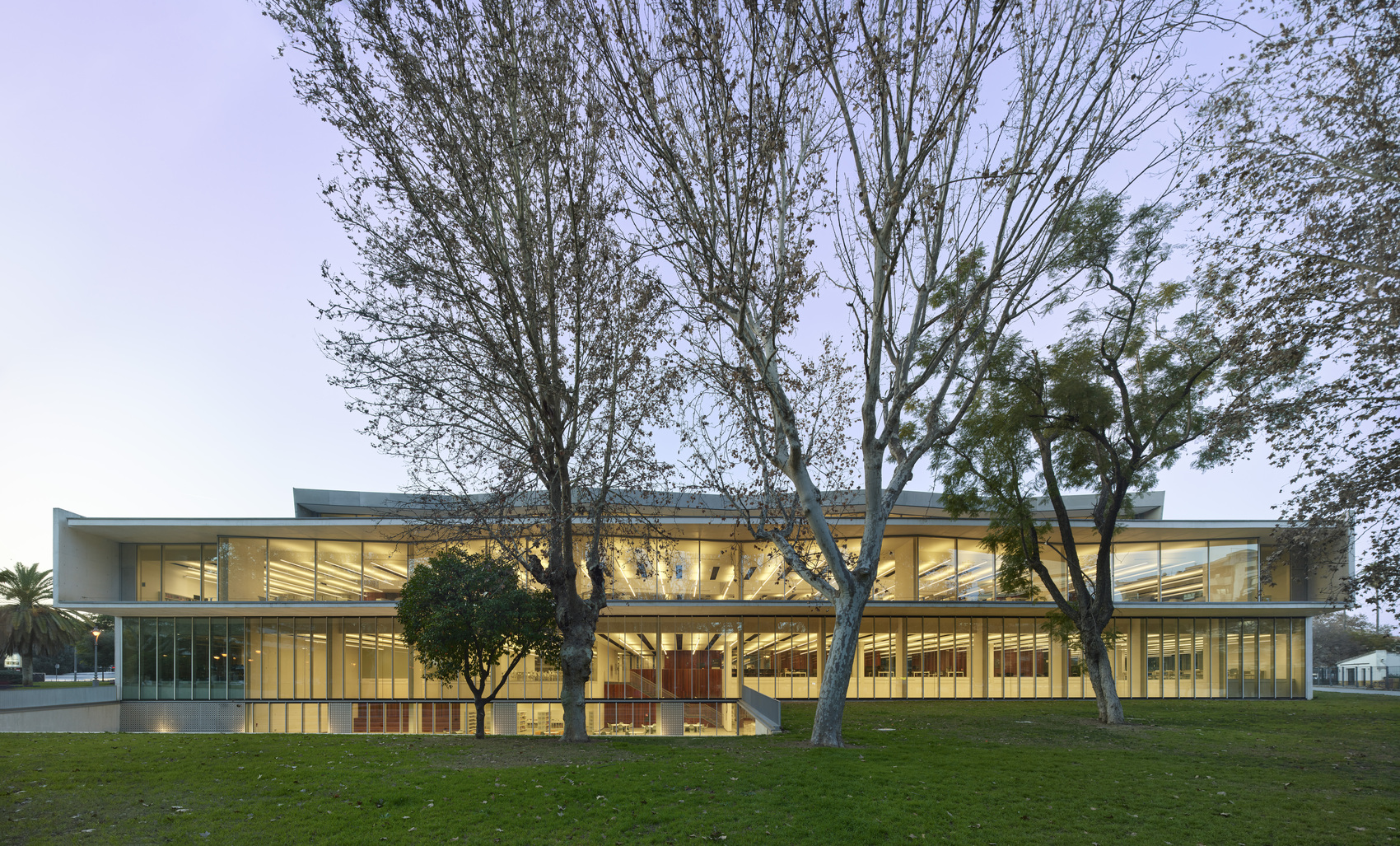
Legacy is a concept that is present in your work. In this sense, what ideas or values are you interested in conveying through your architecture?
Legacy is not only material. It has to do with values that architecture has managed to preserve over time: spatial quality, constructive logic, and the appropriate use of materials. We are committed to local, nearby materials, as architects of the past did. We do this not because it is fashionable, but because it is common sense, sustainable, and in keeping with a well-understood tradition. It is a way of designing that aims to ensure that buildings endure and remain useful over time.
Who have been—or continue to be—your major influences in architecture?
We come from the Modern Movement, a trend that responded to the challenges of the 20th century. Our references are those architects who thought about architecture from a modern perspective, with an ethical and functional approach. We admire those who knew how to integrate thought and action, form and social responsibility. It is not a question of imitating models, but of learning from their attitude towards contemporary problems.
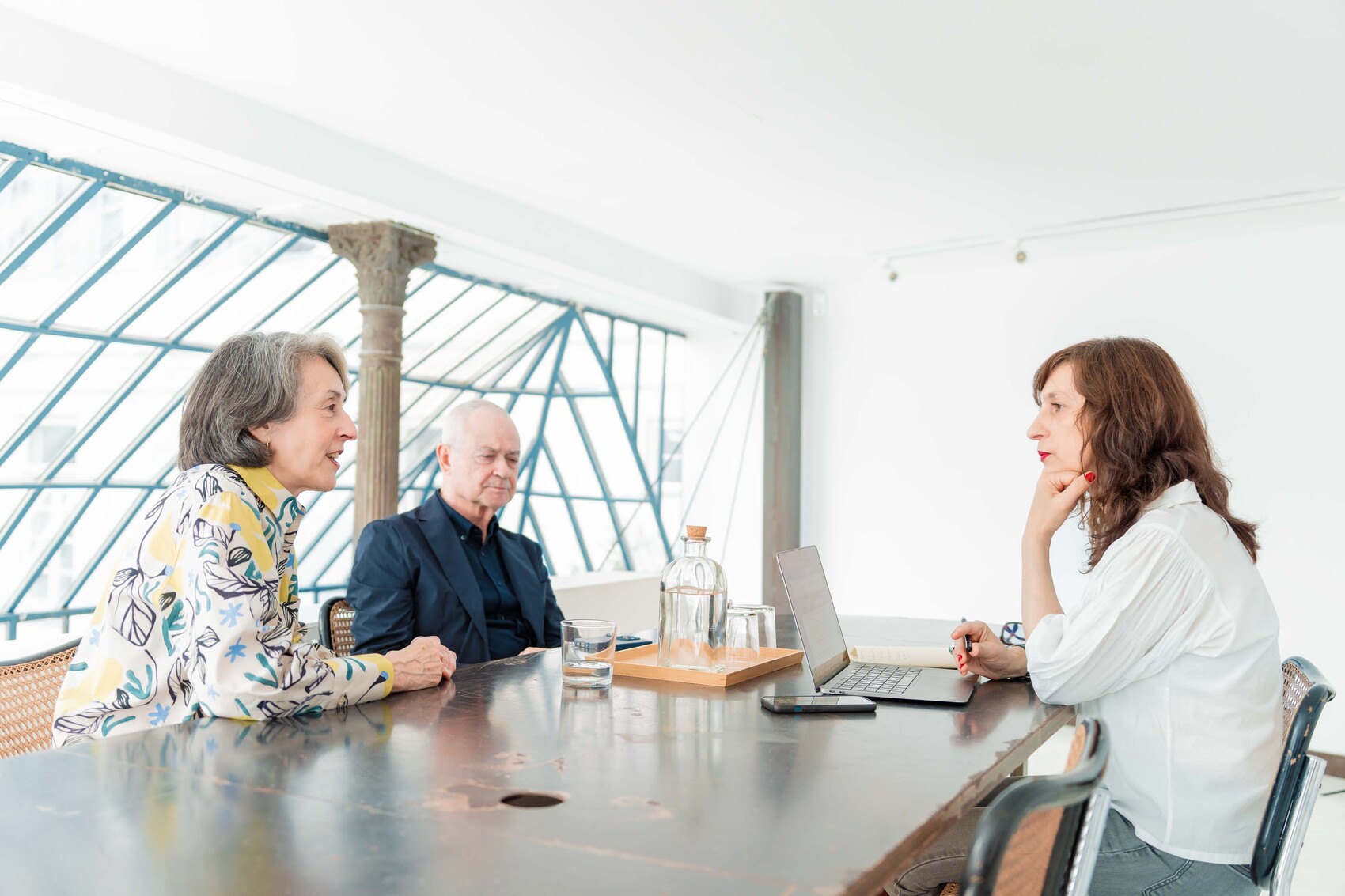
What role does sustainability play in your creative process and in the development of your projects?
Sustainability, more than just a label, is a matter of common sense. Returning to the example of the Córdoba Library, we designed it to mitigate extreme heat using passive systems: shade, cross ventilation, thick walls, natural lighting. We believe that architecture can solve many environmental problems with its own resources, without the need for complex mechanical systems. It is a form of sustainability based on constructive logic and knowledge of the climate and the location.
How do you perceive the recent evolution of architecture in Spain? What place does it occupy in the international context?
We perceive a very positive evolution, especially among the younger generations. There is a more essential, more responsible architecture that shuns rhetorical excesses and focuses on the quality of space, sustainability, and constructive sincerity. It shows what is being built, without disguising it. There are some very interesting examples, such as the work of H Arquitectes in Catalonia. Sensible architecture with identity, which is also making itself felt beyond our borders.
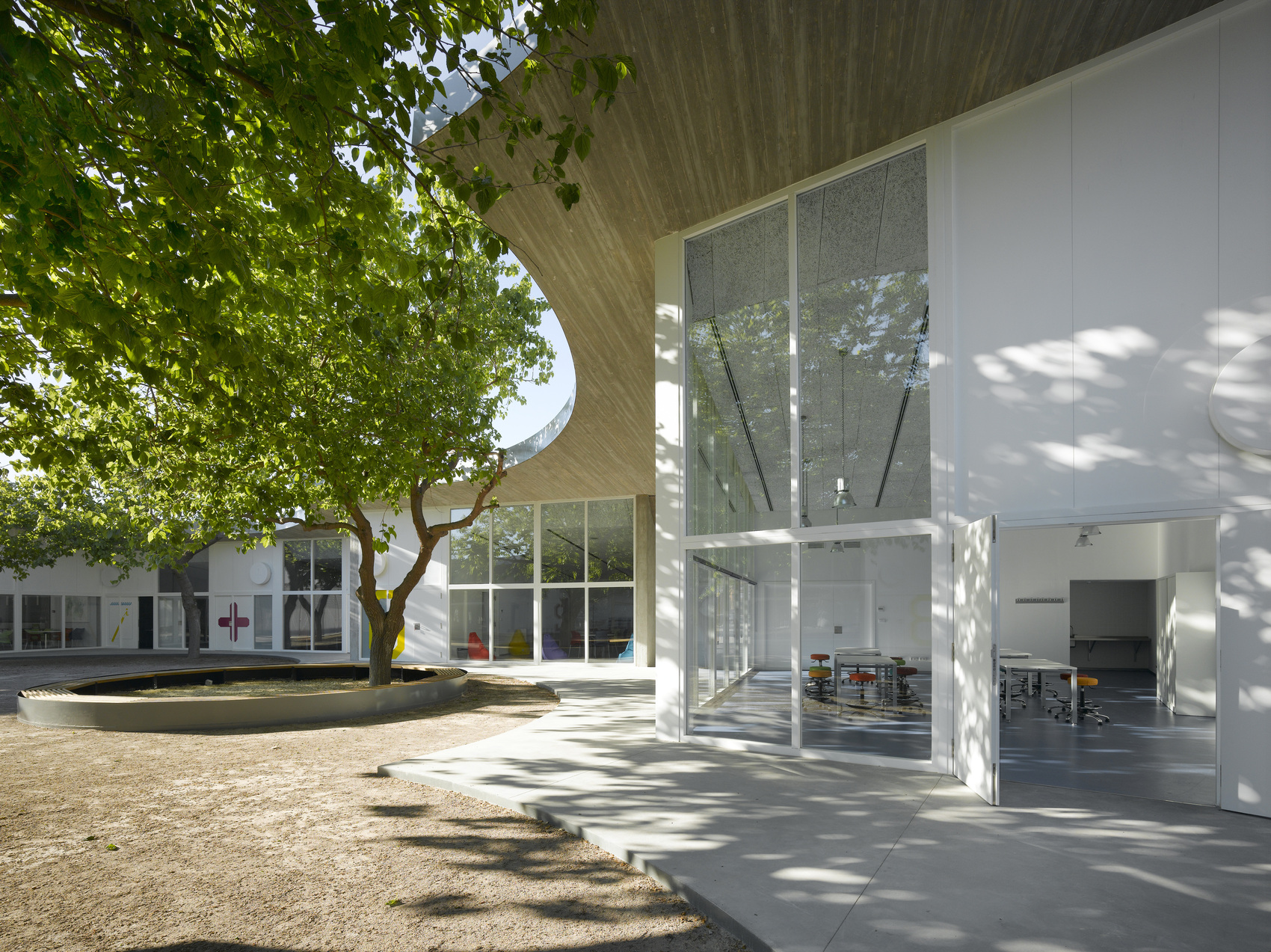
From your experience, what are the main challenges and opportunities facing contemporary architecture?
The fundamental challenge is the regeneration of cities. Today we live in unliveable cities, saturated with cars and asphalt, without shade or green spaces. Architecture should not focus solely on buildings, but also on the spaces between them. Recovering public space is key: squares, courtyards, parks, livable streets. Another major challenge is the lack of housing: Spain needs more than two million homes. Architecture must address this from a metropolitan, planned, sustainable perspective.
You combine professional practice with teaching, criticism, and research. What advice would you give to the new generations of architects?
The project is a powerful educational tool. We encourage students to use the project to think, to transform, to act responsibly. It is not about copying models, but about proposing new and better solutions. The future will be more linked to rehabilitation, to transforming what already exists, than to building from scratch. And that requires creativity, knowledge, and social commitment.
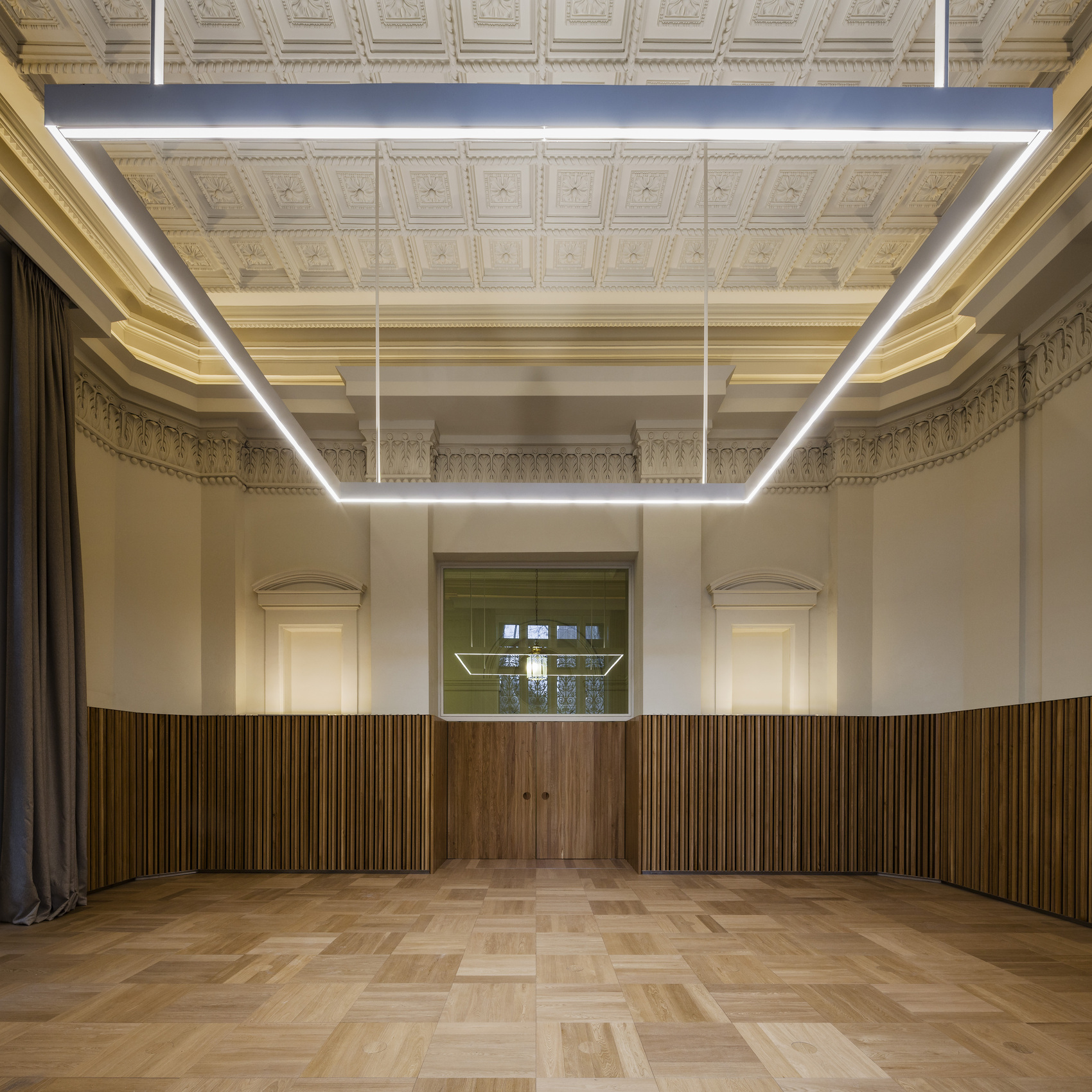
What projects are you currently working on?
We are finishing up some spaces at the Bank of Spain, with a beautifully restored structure. We are currently building the Spanish School in Rabat, an ambitious project by the Spanish government, and an assisted living facility in Mallorca for people with disabilities, based on homes rather than hospital wards. We are also developing the Torrevieja seafront, with a small Museum of the Sea and Salt and an open-air amphitheater. In addition, we are continuing with projects in Sanxenxo (Galicia), such as a shade house and park next to the port.
Do you have any dreams left to achieve in your profession?
Our main desire is to finish the projects we are working on well and see them through to completion. We don’t want them to drag on for decades, as happened with the Cordoba Library, which took 18 years to complete. Seeing these projects finished, in use and working for society, is what makes us feel satisfied.
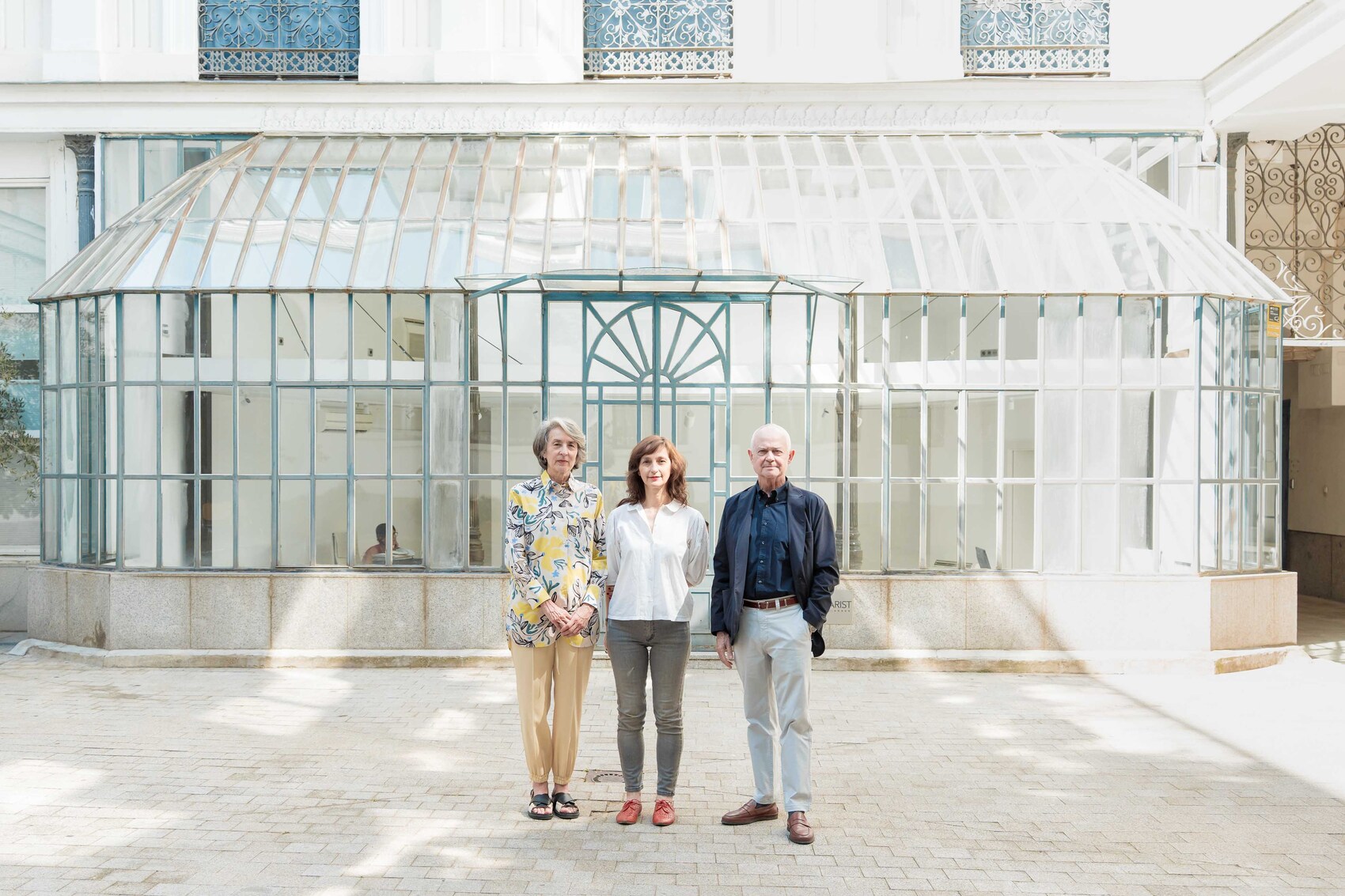
Written by: Beatriz Fabián
Beatriz is a journalist specializing in offline and online editorial content on design, architecture, interior design, art, gastronomy, and lifestyle.